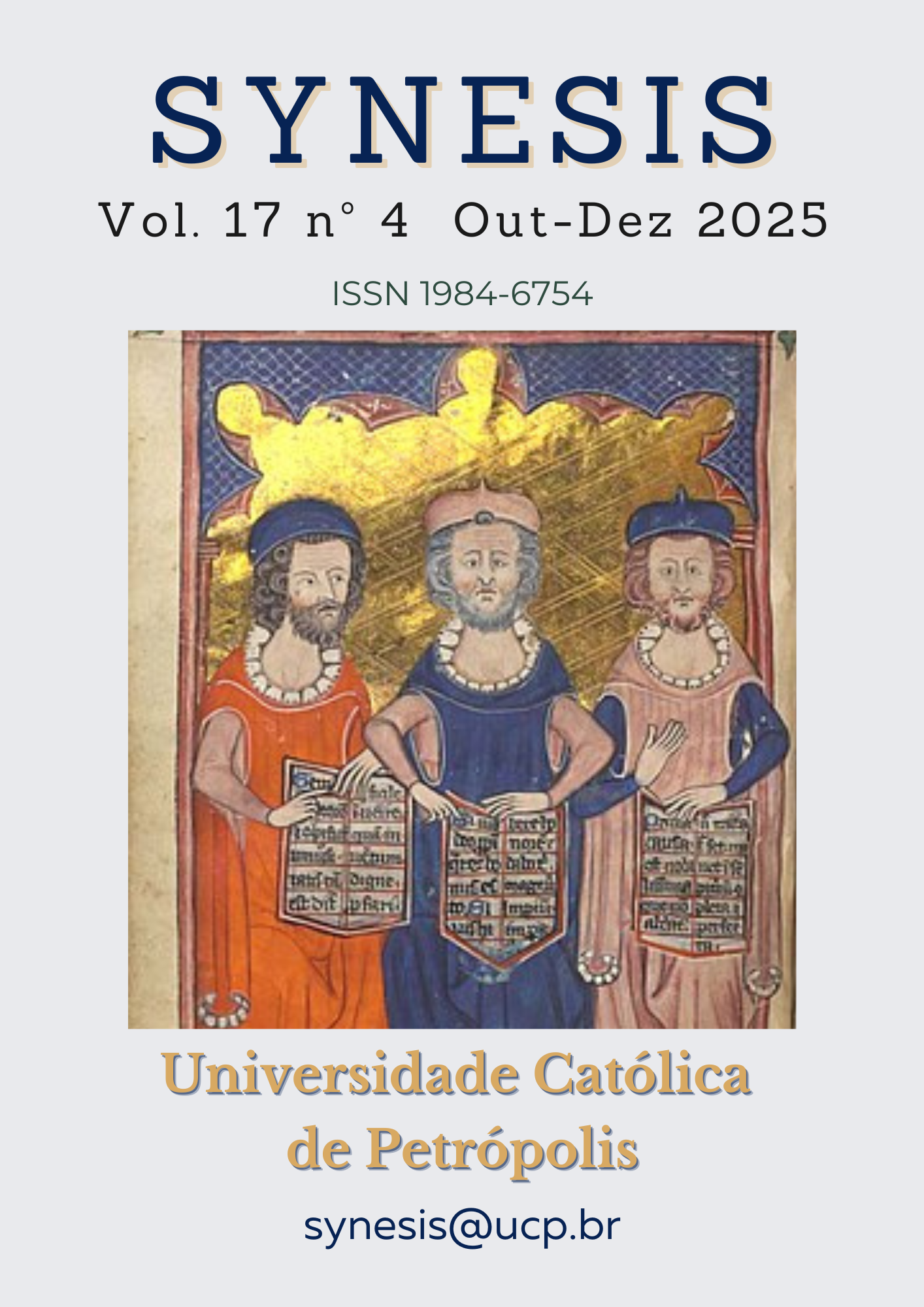Abstract
The icon, as a mediator between humanity and the transcendent, occupies a unique position at the crossroads of metaphysics, aesthetics, and cultural memory. Its symbolic language-particularly the semiotics of color-offers a framework through which spiritual truths are made visible and embodied in material form. This article explores the ethical significance of icons within the paradigm of sustainable development, where sacred symbolism intersects with ecological responsibility, cultural resilience, and the search for harmonious coexistence. Alongside theoretical reflection, the study also includes an empirical exploration conducted among young people, emphasizing how contemporary perceptions of icons continue to shape values essential for sustainable futures. In this sense, the icon emerges not only as a theological and aesthetic artifact, but also as a dynamic resource for rethinking humanity’s ethical orientation in an age of global transformation.
References
Aseev, Y. S. (1980). Art of Kyivan Rus. Kyiv: Mystetstvo. URL: http://irbis-nbuv.gov.ua/ulib/item/UKR0001805
Girbea, G. (2019). The iconographic canon of Orthodox churches: History, evolution, symbolism. International E-journal of Advances in Social Sciences, 5(14), 779–789. DOI: https://doi.org/10.18769/ijasos.592292
Krymskyi, S. B. (2007). The icon and the light of Sophia. Philosophical Thought, (3), 119–128.
Laskarova-Ivanova, A. V. (2023). Symbolism of color in the Eastern Orthodox icon. URL: https://www.researchgate.net/publication/376170773_Simvolika_na_cveta_v_iztocnopravoslavnata_ikona_Anna_V_Laskarova-Ivanova_Symbolism_of_color_in_the_Eastern_Orthodox_icon_Anna_V_Laskarova-Ivanova
Muzychka, I. (1999). Christianity in the life of the person and the human being: Selected works. Kyiv.
Ovsiichuk, V. A., & Krvavych, D. P. (2000). A story about the icon (S. Pavliuk, Ed.). Lviv: Institute of Ethnology, National Academy of Sciences of Ukraine. URL: http://irbis-nbuv.gov.ua/ulib/item/0002252
Patriarch Dymytrii (Yarema). (2005). Icon painting of Western Ukraine (12th–15th centuries). Lviv: Drukarski Kunshchy.
Petzold, A. (2016). The iconography of colour. In the Routledge Companion to Medieval Iconography. URL: https://www.academia.edu/30059501/The_iconography_of_colour
Presich, O. (2012). Studying symbolism in Ukrainian icon painting. Vsesvit: Ukrainian Journal of World Literature, (7–8). URL: http://www.vsesvit-journal.com/old/content/view/1009/41/
Stasiuk, I. (2015). Color as an expressive instrument of the icon. Historical and Cultural Studies, 2(1), 93–95. URL: http://nbuv.gov.ua/UJRN/hcs_2015_2_1_19
Stepovyk, D. (2004a). Iconology and iconography. Ivano-Frankivsk: Nova Zoria.
Stepovyk, D. (2004b). History of the Ukrainian icon (10th–20th centuries) (2nd ed.). Kyiv: Lybid. URL: http://irbis-nbuv.gov.ua/ulib/item/UKR0001056
Triska, O., & Shpak, O. (2021). Folk painting of the 18th–20th centuries: From sacrality to folklore. Ethnology Notebooks, (4/160), 918–928. DOI: https://doi.org/10.15407/nz2021.04.918
Volosiuk, M. (2013, May 23–25). Symbolism of colors in the icon. In Science and life: Modern trends, integration into world scientific thought (Conference proceedings). URL: https://int-konf.org/uk/2013/nauka-i-zhittya-suchasni-tendentsiji-integratsiya-u-svitovu-naukovu-dumku-23-25-05-2013/320-volosyuk-m-simvolika-koloriv-ikoni

This work is licensed under a Creative Commons Attribution-NonCommercial-NoDerivatives 4.0 International License.
Copyright (c) 2025 Synesis (ISSN 1984-6754)

